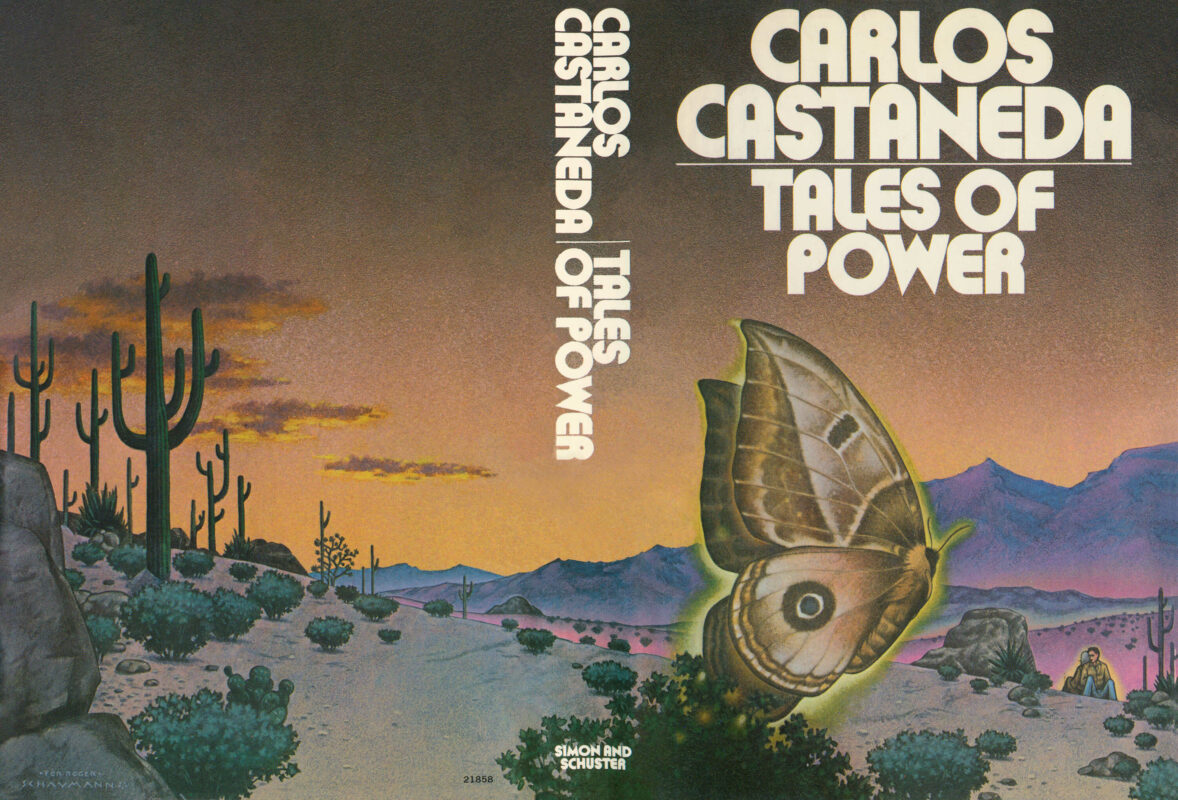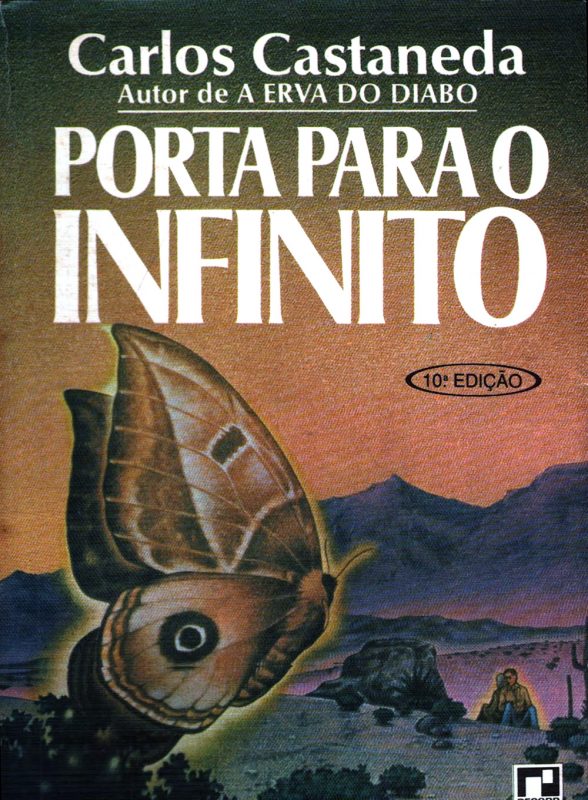The Sorcerers’ Explanation – The Bubble of Perception
Carlos arrives at Don Genaro’s house and finds don Juan, who playfully teases him. Don Juan then begins a comprehensive recapitulation of his teaching methods, explaining that his role as a teacher has been to “clean and reorder” Carlos’s tonal, while don Genaro’s role as benefactor is to provide direct demonstrations of the nagual. He reveals that his initial “hook” on Carlos involved focusing his will to numb Carlos’s tonal, and that techniques like the “right way of walking” and seemingly nonsensical tasks were designed to stop the internal dialogue and teach acting without expectation of reward. Don Juan emphasizes that erasing personal history, losing self-importance, assuming responsibility, and using death as an adviser were crucial for transforming the tonal. He explains that power plants were used when simpler recommendations failed, serving to temporarily stop the internal dialogue and provide glimpses of the nagual. Finally, he discusses the use of a “worthy opponent,” La Catalina, to force Carlos to choose the warrior’s path. Don Juan explains that the “sorcerers’ explanation” involves understanding the “bubble of perception” – a concept that reveals the perceived world as a reflection of our own attention and description, a bubble that the teacher helps to rearrange and the benefactor opens to reveal the totality of oneself.
The Sorcerers’ Explanation – The Bubble of Perception Read More »

